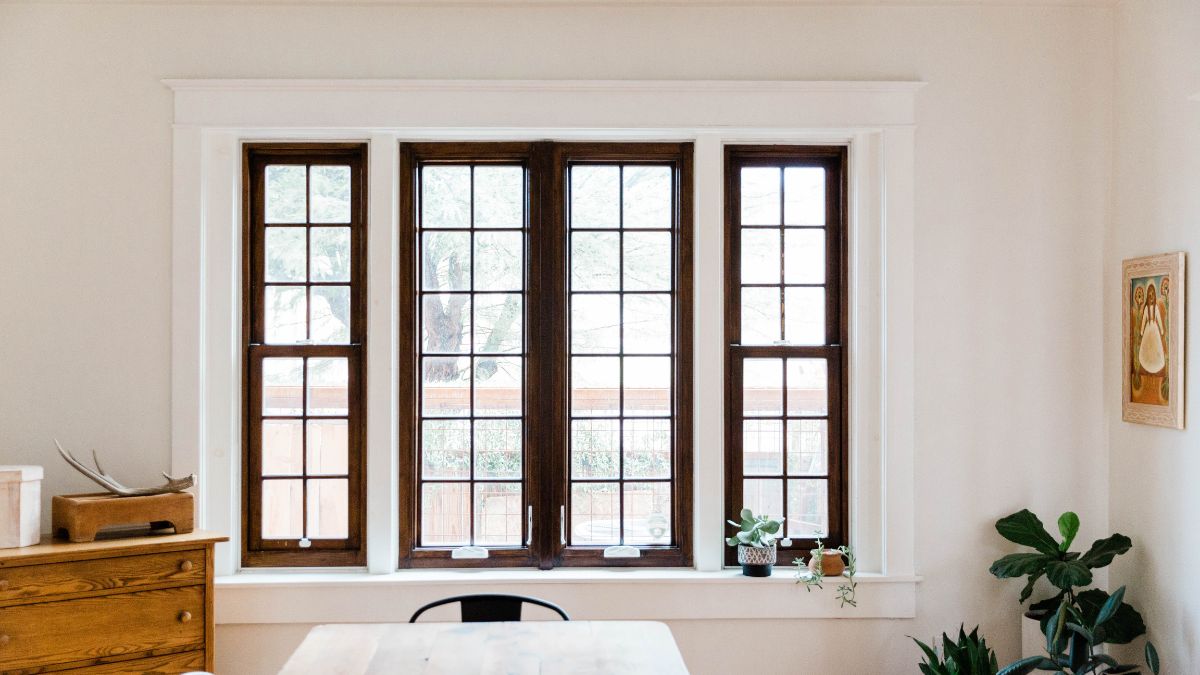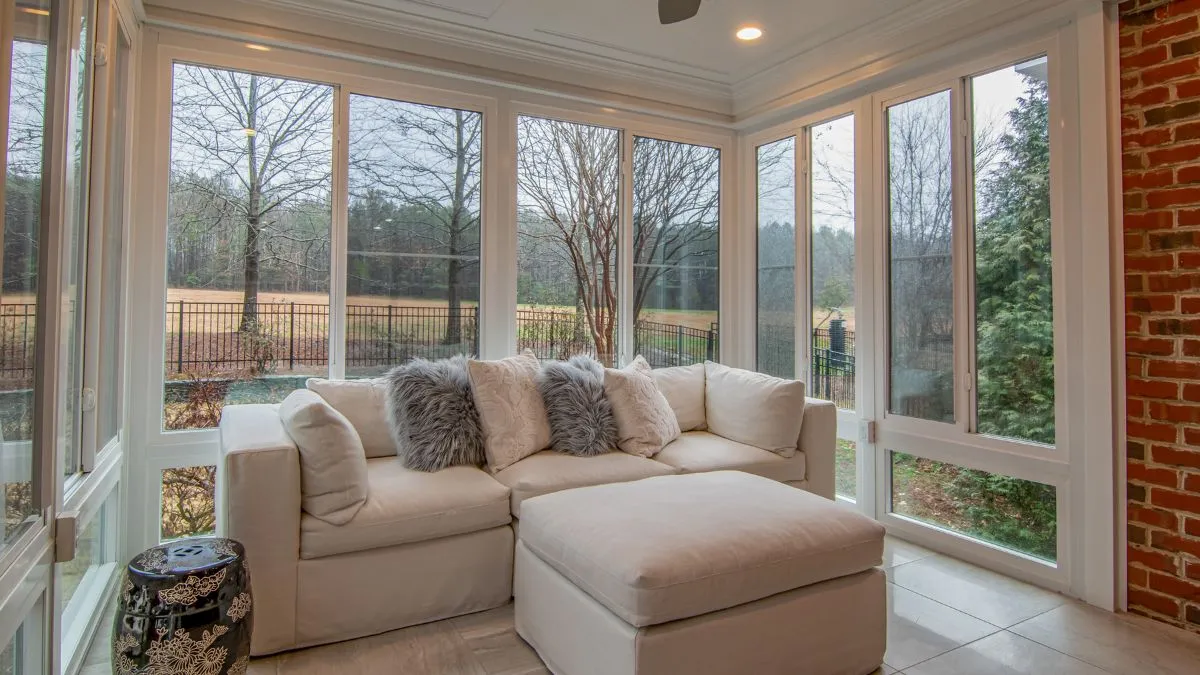When it comes to home design, windows are often the unsung heroes. They shape the way light dances through a space, determine how much fresh air flows in, and even set the mood of a room. With uPVC windows fast becoming the preferred choice for modern homes,thanks to their sleek look, energy efficiency, and minimal upkeep,the real question isn’t whether to choose them, but which style works best for each room. After all, the needs of a sun-soaked living room are entirely different from those of a quiet bedroom or a moisture-prone bathroom. To help you make the right choice, an expert breaks down exactly how to pick the perfect uPVC windows for every corner of your home.
This article is authored byAnkit Modi,Director at Durakraft Extrusions.
Choosing the Right uPVC Windows for Different Rooms in Your Home
When it comes to designing or renovating a home, windows often take a back seat compared to walls, decking, or decor. Windows can be an integral part of a comfortable, aesthetically pleasing, and functional design. The increasing popularity of uPVC (unplasticised polyvinyl chloride) windows represents a significant shift in the marketplace given their durability, low maintenance, and versatility. That said, windows don't serve the same roles in every room, so we should consider the right design for every space to make your home more practical, benefit energy efficiency, and aesthetics.

Living Room
The living room is often the hub of the home, where family and guests congregate, so I would prefer wide windows with no obstructions to let in as much natural light as possible. Casement or sliding uPVC windows work best in this room, as they provide an open and airy environment, aided by generous visibility. Complementary drapes or blinds can offer privacy when needed.
Don't Miss:Festive Table Styling Ideas to Impress Your Guests This Year
Bedrooms
Bedrooms always require a compromise for air circulation and privacy. Well, a tilt-and-turn uPVC window is more desirable because it can provide incremental opening for airflow without the danger of complete opening, with the bonus of being muted to unreasonable noise, as sleeping in quiet conditions benefits quality of sleep. For the best noise avoidance to the street, double-glazed uPVC windows would be ideal.

Kitchen: Practicality Tops
Typically, the kitchen needs windows that can ventilate without obstructing a cabinet or countertop. Awning-style uPVC windows are an excellent solution because they open outward from the top are aesthetic and low in maintenance. Awning uPVC windows can also limit the amount of smoke and odours that linger in the kitchen while capturing less rainfall.
Bathroom: Privacy and Ventilation
Usually, the windows in bathrooms require some level of privacy and also need ventilation to allow moisture to escape. Frosted glass or textured glass with small awning - style or sliding uPVC windows should serve the purpose. The uPVC material is resistant to water and corrosion, making it an ideal choice for humid spaces, as it will not support growth of mould or mildew.
Study or Home Office: Focus and Energy Efficiency
With remote work being the norm rather than the exception, the study room deserves its own honourable mention. uPVC casement or fixed windows in larger sizes with double glazing will eliminate noise distractions from the outside while allowing ample natural light to boost productivity.
Don't Miss:5 Balcony Decor Ideas With Fairy Lights And Lanterns
If you liked this story, then please share it. To read more such stories, stay connected to HerZindagi.
Image Credits: Canva

Take charge of your wellness journey—download the HerZindagi app for daily updates on fitness, beauty, and a healthy lifestyle!

Comments
All Comments (0)
Join the conversation